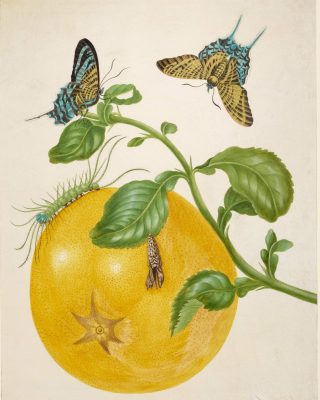The Rijksmuseum is teeming with more than a thousand colourful butterflies, hairy spiders and glistening toads. The more than 140 paintings, sculptures, books and preserved specimens reflect the ever-changing perceptions of crawly creatures in the arts and sciences.
From Horror to Wonder
Crawly Creatures takes a close look at these changing perceptions in 140 objects, with highlights including the first drawing that took an insect as its main subject, made in 1505 by Albrecht Dürer, and Peter Paul Rubens’ Head of Medusa (1617-18). And we discover how this emerging appreciation for crawly creatures gave rise to a new painting genre known as sottobosco, meaning ‘forest flora and fauna’. The inventor of the genre, Otto Marseus van Schrieck, even bred reptiles, amphibians and insects himself. See for yourself how Sottobosco paintings merge the arts and sciences, in the final gallery of the exhibition.
From the 17th Century to the Present Day
How do we see these little beings today? Are they really creepy crawlies at all? Only now, when it’s perhaps too late, are we realising how important they are to our ecosystems.
The exhibition also features work by the contemporary artists Tomás Saraceno and Rafael Gomezbarros.
